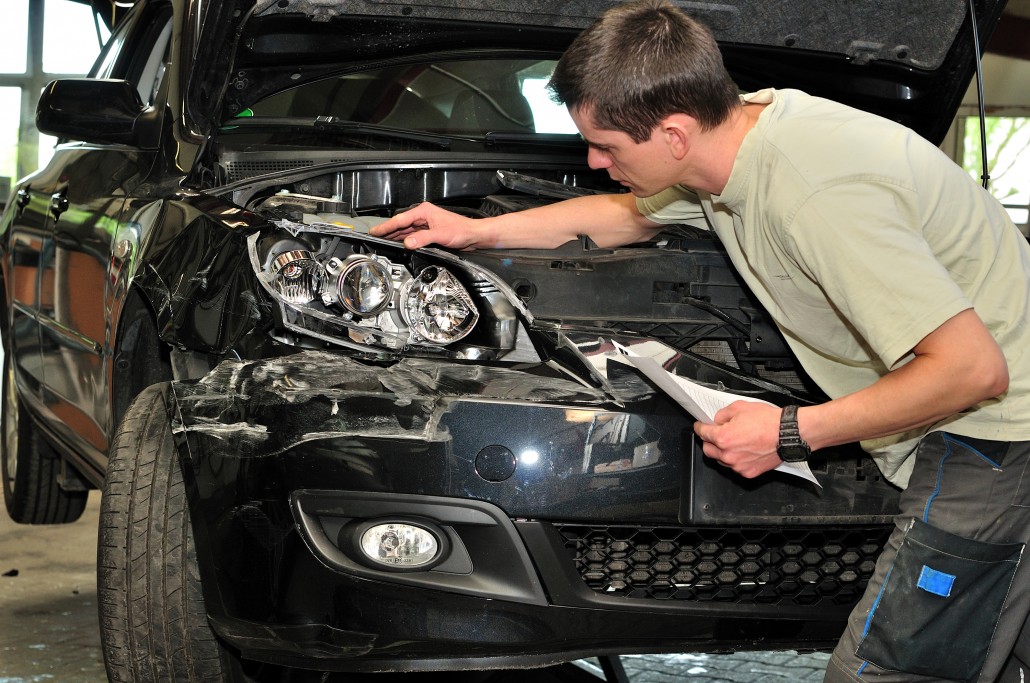Purchasing a pre-owned vehicle can be a savvy financial decision—allowing you to drive a higher-trim model or luxury brand at a fraction of its original price. Yet, the key to a positive used-car experience lies in selecting the right dealership. A reputable used car dealership offers transparent pricing, thoroughly inspected vehicles, flexible financing, and ongoing support. Here’s how to navigate the process and drive off the lot with confidence.
1. Reputation & Transparency
Customer Reviews & Ratings
Start by researching online reviews on Google, Yelp, and Facebook. Look for patterns: Do customers praise the sales team’s honesty? Do complaints focus on hidden fees or faulty cars? A high average rating—paired with thoughtful responses from management—signals a dealership that cares.
Certifications & Accreditation
Trustworthy dealerships often hold certifications from the National Automobile Dealers Association (NADA) or regional Better Business Bureaus (BBB). Such memberships require adherence to ethical sales practices and grievance resolution processes.
2. Quality of Inventory
Certified Pre-Owned (CPO) Programs
Many manufacturers back CPO vehicles with extended warranties, multipoint inspections, and roadside assistance—offering near-new reliability at a lower price. If a CPO program isn’t available, ask about the dealer’s in-house certification process.
Comprehensive Vehicle Inspections
Reputable dealers conduct thorough inspections covering engine performance, brake condition, suspension health, electrical systems, and safety features. Request a copy of the inspection report to see exactly what was checked and replaced.
Vehicle History Reports
Always review a CARFAX or AutoCheck report for each prospective car. These logs reveal accident history, service records, title branding (salvage or flood damage), and odometer discrepancies.
3. Fair Pricing & Financing
Market-Based Pricing
A transparent dealer will use current market data—Kevin Brown’s Blue Book values or Black Book averages—to price vehicles competitively. Beware of “too good to be true” deals or excessive markups above fair-market value.
Flexible Financing Options
Top dealerships partner with multiple lenders—from national banks to credit unions—to secure favorable interest rates and terms. Whether you have excellent credit or need a “buy-here, pay-here” solution, explore all options and compare APRs, loan lengths, and down-payment requirements.
Transparent Fees
Ask for a detailed breakdown of additional costs—document fees, dealer prep, extended warranties, and any add-on protection plans. Ethical dealers disclose these upfront rather than surprising you at signing.
4. Trade-In & Buy-Back Programs
Competitive Trade-In Values
If you’re trading in your current vehicle, reputable dealerships provide free appraisals based on real-time market data. You should feel confident that your trade-in offer reflects what your car is truly worth.
Guaranteed Buy-Backs
Some dealers offer guaranteed buy-back programs: commit to repurchasing your car at a predetermined value after 6–12 months. This safety net can reduce your long-term financial risk.
5. Test Drives & Expert Guidance
Unrestricted Test Drives
A customer-focused dealer encourages test drives on varied roads—highway, urban streets, and local hills—to evaluate handling, acceleration, braking, and comfort.
Knowledgeable Sales Staff
Your salesperson should understand each model’s features and maintenance requirements. Beware of high-pressure tactics; instead, seek out staff who listen to your needs and match you with suitable options.
6. After-Sale Service & Support
Service Department
An on-site service center staffed with factory-trained or ASE-certified technicians ensures your vehicle gets proper maintenance and genuine OEM parts when needed.
Maintenance Plans & Warranties
Consider value-added plans like oil-change packages or extended powertrain warranties. These plans, sold through the dealership, can simplify budgeting and extend your car’s longevity.
Roadside Assistance
Some dealerships include limited roadside-assistance coverage with purchase—covering towing, lock-out service, and flat-tire changes. Verify what’s included and for how long.
7. Customer Experience & Community Engagement
Comfortable Showrooms
Top-tier dealerships offer clean, well-lit showrooms with refreshments, free Wi-Fi, and comfortable seating—reflecting their commitment to customer comfort.
Community Involvement
Dealers who sponsor local events, charities, or youth sports teams demonstrate investment in their community—translating into a longer-term commitment to customer satisfaction.
8. Red Flags to Avoid
- “As-Is” Sales Only: Beware dealers unwilling to offer any warranty or inspection.
- Pressure to Buy: If staff push you to “sign today” without letting you compare options, walk away.
- Unverifiable History: Dealers who can’t or won’t provide a vehicle history report may be hiding issues.
Conclusion
A used car dealership can be your gateway to reliable transportation, budget savings, and an enjoyable buying experience—if you choose wisely. Prioritize reputation, transparent practices, quality inspections, fair financing, and robust after-sale support. Armed with these guidelines, you’ll navigate the used-car market confidently and drive home a vehicle that meets your needs, your budget, and your peace-of-mind standards.
Whether you’re shopping for a commuter sedan, a rugged SUV, or a nimble sports coupe, the right dealership partner can turn the search for a pre-owned car into a rewarding journey—one mile at a time.
